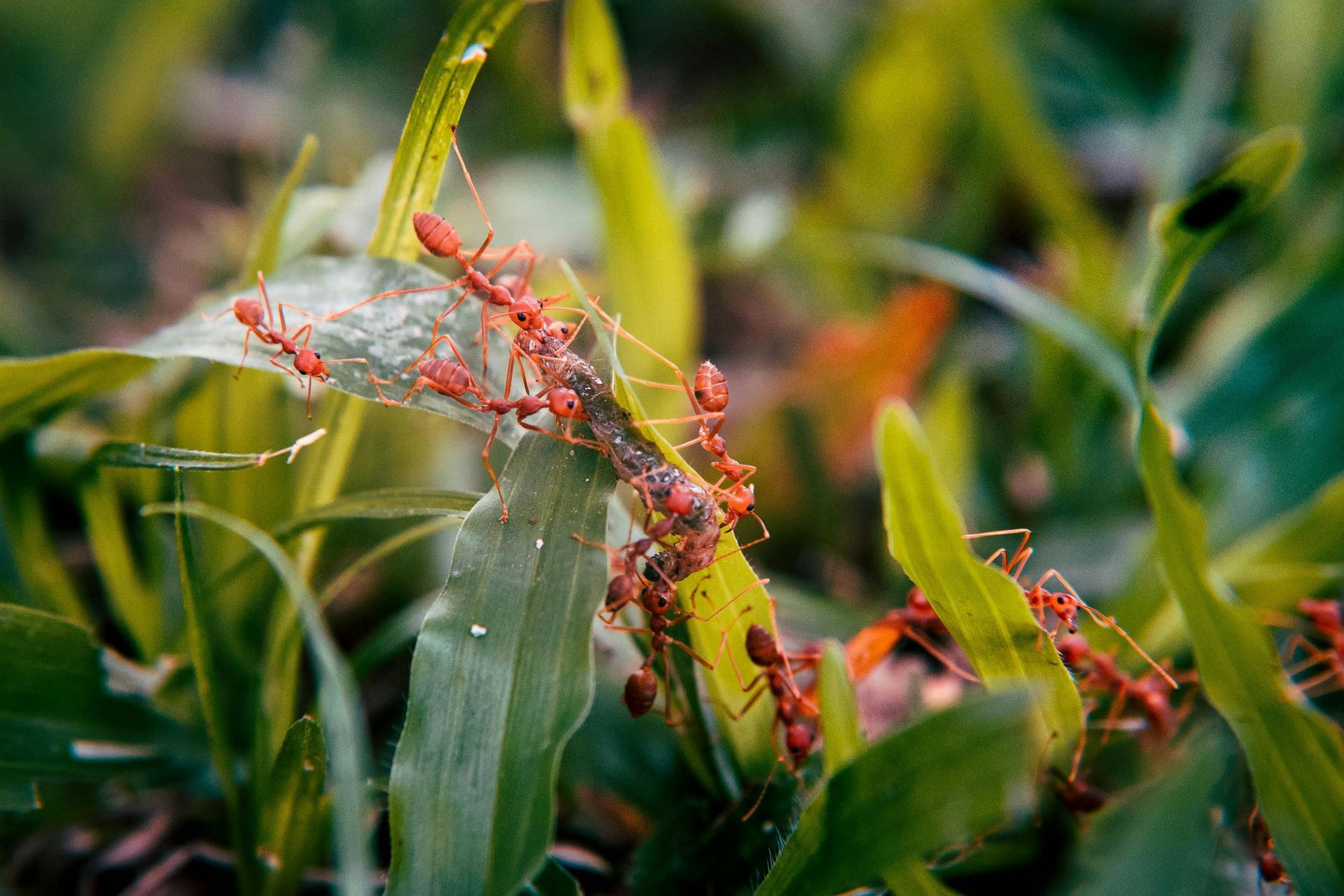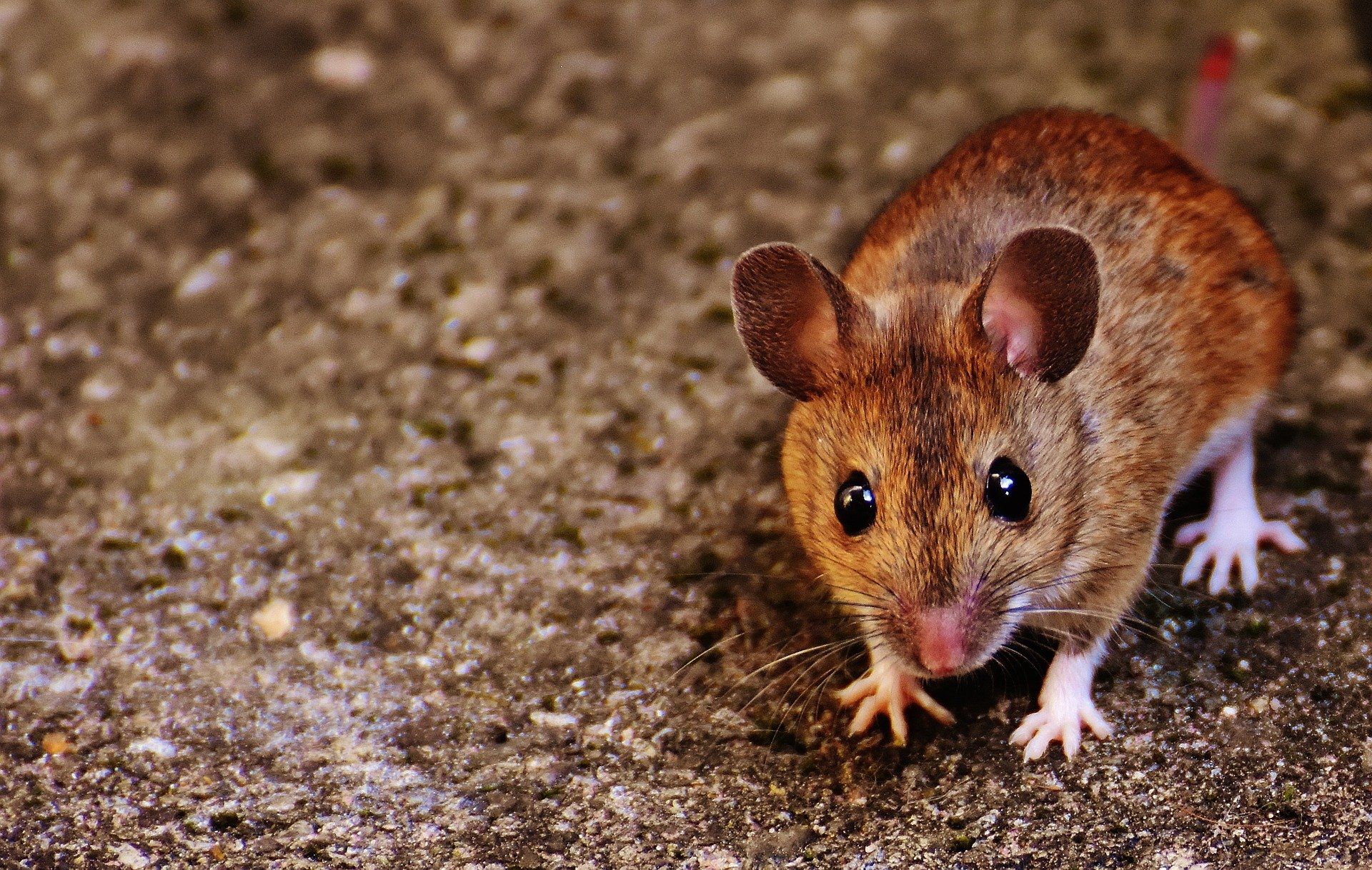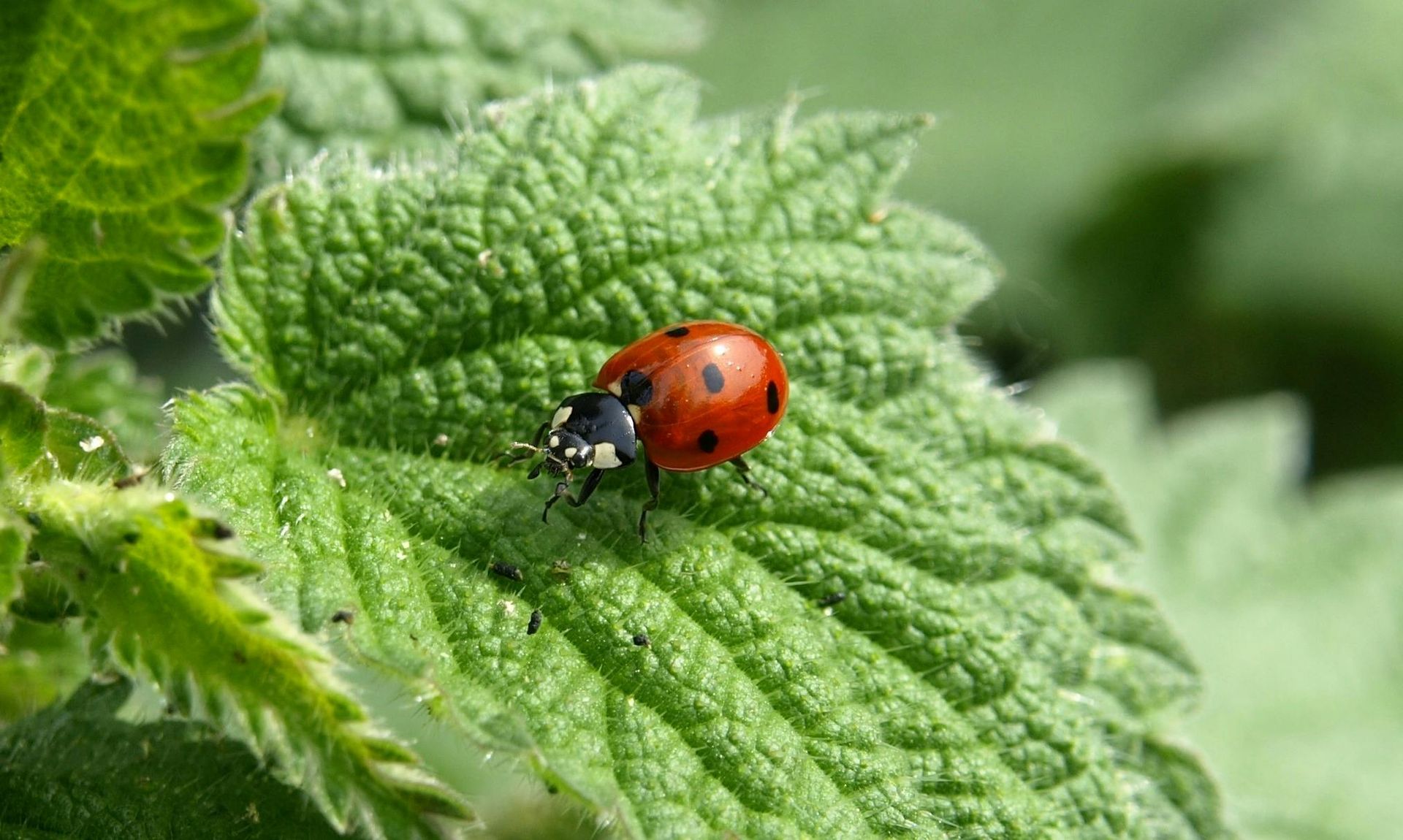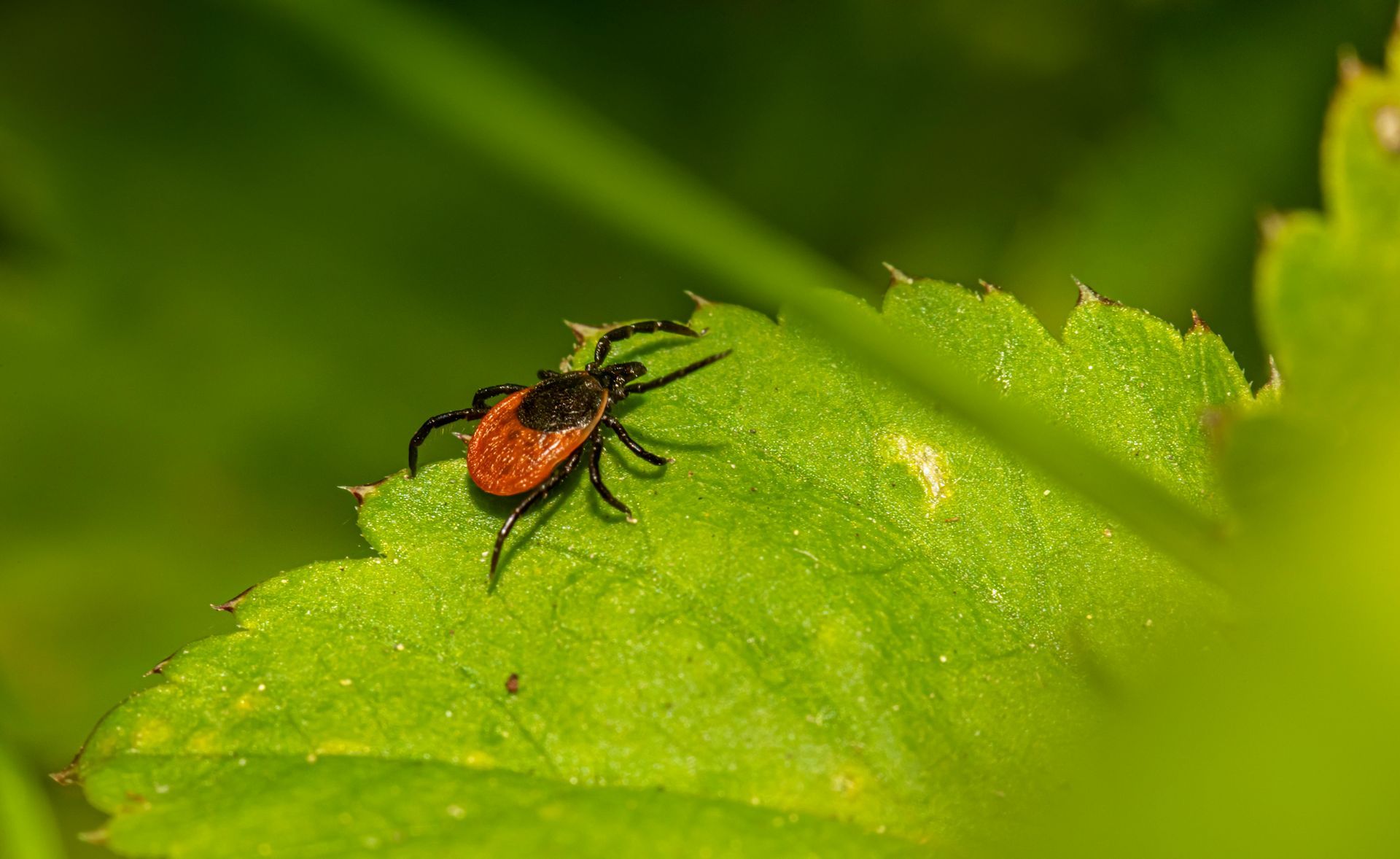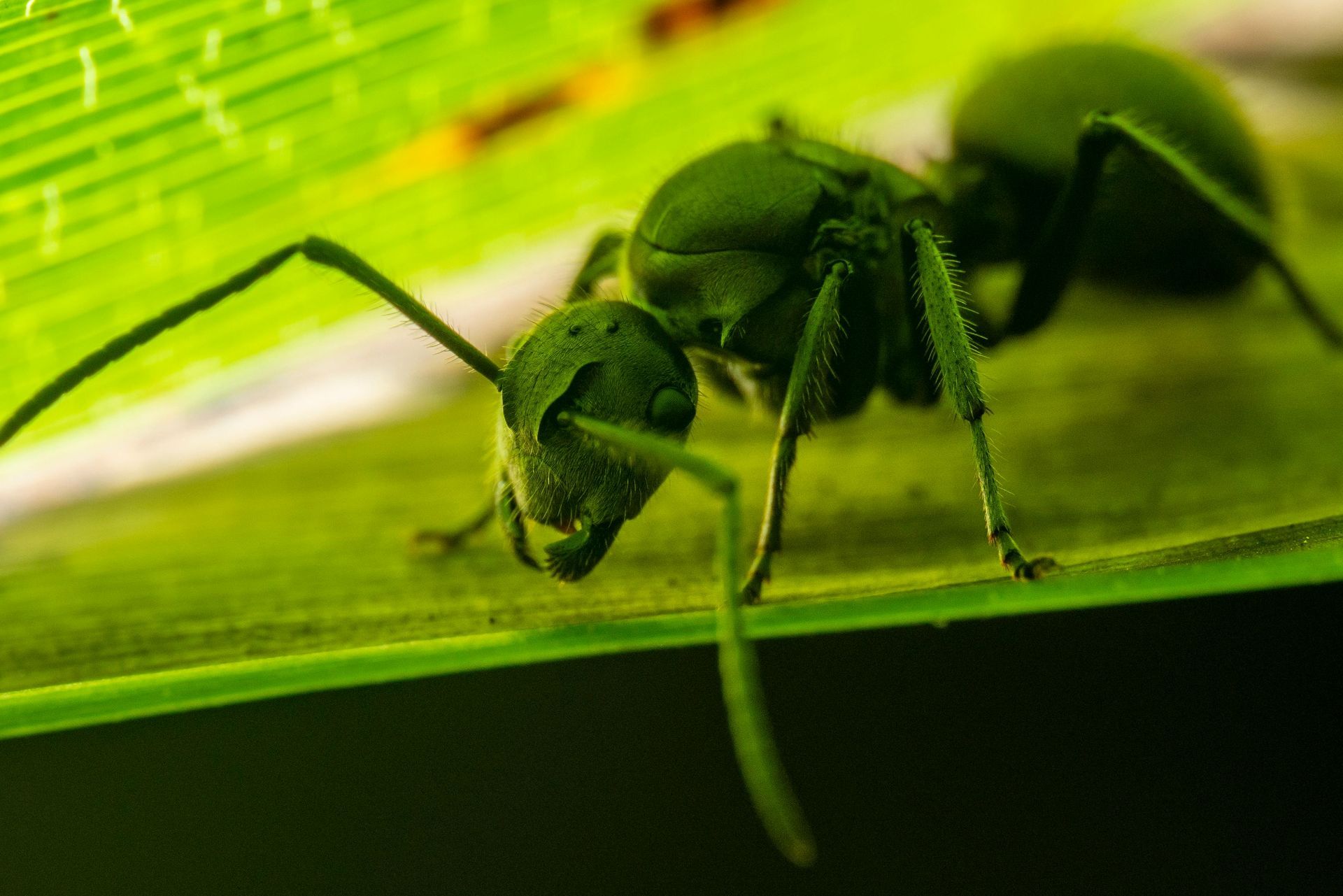3 Surprising Things You Didn’t Know About Woodchucks
Woodchucks are common visitors to suburban lawns and gardens. Leaving their underground burrows in the morning and evenings to feed on grasses and other vegetation, the low-to-the-ground animals can grow up to a body weight of 15 lbs or more. … Continue reading →

What you don’t know about woodchucks!
Woodchucks are common visitors to suburban lawns and gardens. Leaving their underground burrows in the morning and evenings to feed on grasses and other vegetation, the low-to-the-ground animals can grow up to a body weight of 15 lbs or more. Regardless of how common woodchucks have become, there are some interesting facts you likely did not know about them:
- They are cousins of the squirrel.
That is right, despite the large difference in size, according to Richard Thorington, curator of mammals at the Smithsonian National Museum of Natural History, “They are giant ground squirrels is what they are”
According to Wikipedia:The woodchuck ( Marmota monax ), also known as…whistlepig, is a rodent of the family Sciuridae, belonging to the group of large ground squirrels known as marmots.
Other than their family relationship, woodchucks and squirrels share very few other similarities.
- They are an animal of many names. Woodchucks are referred to with as many as 10 other common names including chuck, wood-shock, groundhog, groundpig, whistler, thickwood badger, Canada marmot, monax, moonack, weenusk, and red monk.Interestingly, the origin of the name “woodchuck” has nothing to do with either wood or chucking, rather it comes from an Algonquian name for the animal, wuchak .
- They are 0ne of nature’s true hibernators.
As “true hibernators,” woodchucks go into a dormant state from late fall until late winter or early spring, during which their body temperature and heart rate fall drastically.According to Stam Zervanos, retired professor of biology at Pennsylvania State University, “True hibernators are the ones that can reduce their body temp below 20 degrees Celsius…Any of the true hibernators can [also] reduce their heart rate down to about five beats a minute, and their body temperature can go as low as five degrees Celsius.” Zervanos adds “Hibernation is not a deep sleep that continues for the entire winter,” explains Zervanos. Instead, groundhogs go through bouts of “torpor,” when their body temperature drops to about five degrees Celsius, he says. They’ll do this for about a week, then wake up for three or four days, then go back into torpor. “They do this about 12 to 20 times in the hibernation season”
Aside from all of the things not commonly known about woodchucks, it is a scientific fact that woodchucks have a natural and compelling fear of their predators. Fortunately, Shake-Away Woodchuck Repellent makes it easy for homeowners to take advantage of that fear and to repel woodchucks from their lawns and gardens, and it is 100% all-natural!
Critter Repellent All Natural Animal Repellent Blog





